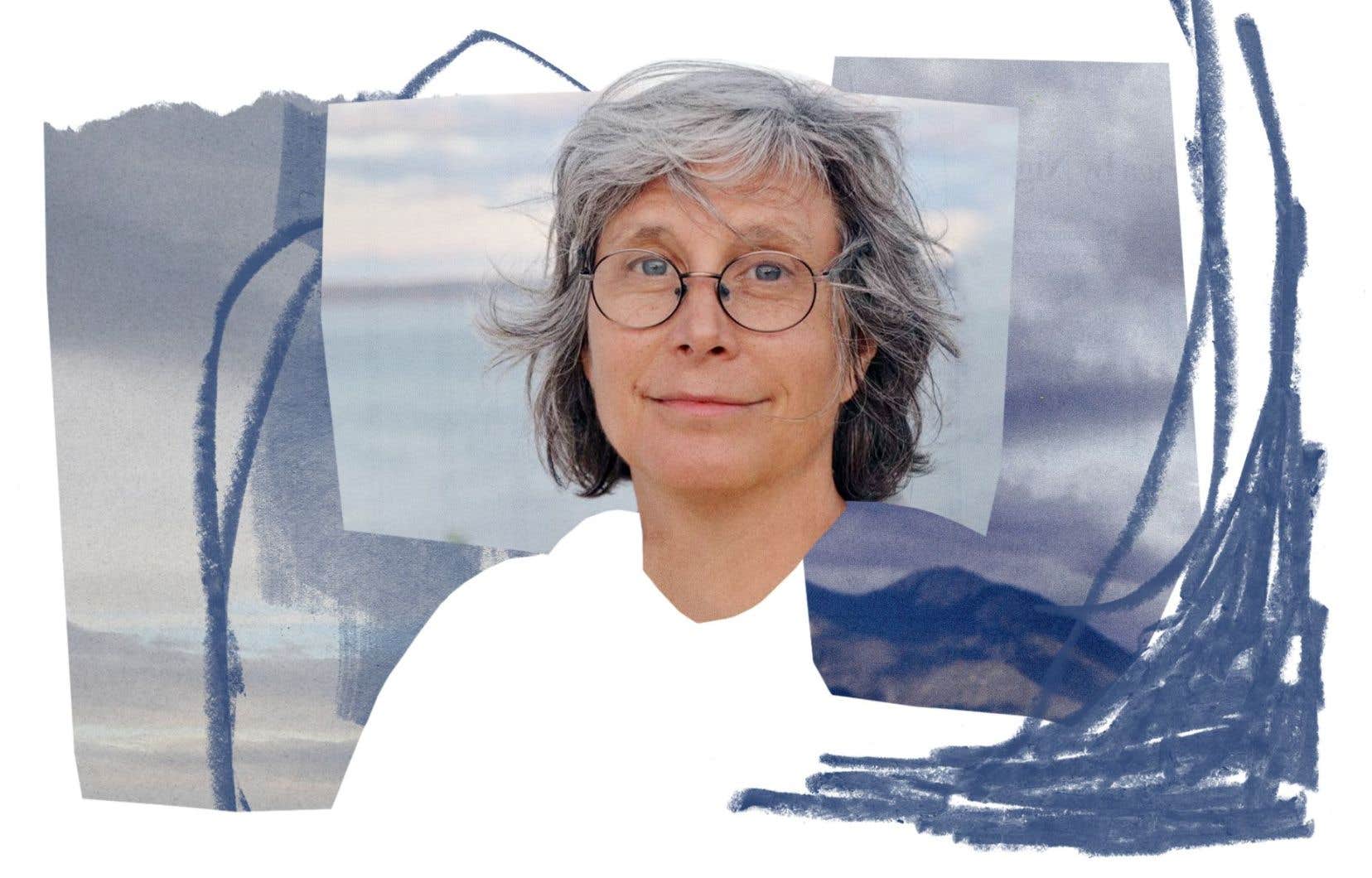I was six years old. I crossed, with my parents, the imposing wrought iron gate, then the large tree-lined avenue which leads to the Villa Maria school, on Décarie Boulevard. In the first year class, Sister Lorraine asked us, as a first exercise, to locate our name written on a desk, and to count as far as we were able. I counted to a hundred. A girl next to me counted to twenty before she started peeing on the floor in fright. From these years spent at private school, I kept the memory of a hushed, overprotective world, where the smell of bland soup floated in the air, of stocked library shelves and theater activities, in a large room where parents were welcomed. In secondary school, however, I hated this benchmark of privileged students, the same thirty girls that we followed year after year, the constant calls from the administration to my parents and the disgusted comments of the sisters on the liberal ideas of those -this.
I had early rebellion. Around 13, like many others, I ended up stranded a few stone’s throws away, at the Saint-Luc secondary public school, now moved further west. In this small schoolyard without greenery, I discovered, with freedom, sex and drugs, a fraternity between students never known before, an acceptance of others without regard to social background and academic results. It’s true, we deserted, more often than not, the classrooms where exhausted teachers had to stand up to hordes of students with varying abilities and crazy hormones. But I still remember today the French and Spanish teachers, who knew how to attract my attention, even if only for the duration of a book or a course. I always regretted not having joined the orchestra, which was and still is the pride of the school. These first real contacts with life passed over me like a hurricane.
From these apparently idle years at public school, in a slump in academic performance that has now been overcome, I have kept my first and perhaps my greatest life lessons. Those, invaluable, of the vulnerability of others, of the need for a certain equality between humans, the privilege of having access to realities essential to the journalist that I am today, to a certain understanding of society.
The Saint-Luc public secondary school was accessible, for those who knew a few secrets, through the green grounds of the Villa Maria private school. A large hole pierced the fence of the estate on rue Brillon and allowed access to Saint-Luc through an apple orchard, left more or less to itself by the sisters, but always flowering in spring. Another hole in the fence, used by hundreds of students every day, overlooked the hot, sterile asphalt of the public school. For years, our group of Saint-Luc had as a rallying place the immense grassy field, and most often deserted, of Villa Maria, where the sisters seemed to tolerate, at least during the day, our foreign presence.
Today, the Villa Maria estate is for sale. The value of this magnificent land on the slope of Mount Royal is estimated at hundreds of millions of dollars. The Villa Maria school, which now only offers the secondary level, wishes to continue its operations there. Aging, the sisters of the Congregation Notre-Dame have already announced that once the needs of the last nuns have been met, the surplus from the sale of the land will go to the Marguerite Bourgeoys Fund, supporting the public school. Too little, too late?
Since my adolescence, several public school yards in Montreal have been equipped with a few trees, or even a garden. But there still remains, on the one hand, an efficient private school system but closed to the realities of social diversity, on the other a welcoming public school system but asphyxiated by challenges, the shortage of teachers, infrastructure inadequate, lack of professional support for problematic students. Blindly, stubbornly, Quebec schools continue to segregate social groups, to the misfortune of both. Holes in the fence of the Villa Maria estate have been repaired. It is the English-speaking public secondary school Marymount which now occupies the land next door. Access to private school remains limited to the richest and most successful. Everything still remains to be done.
